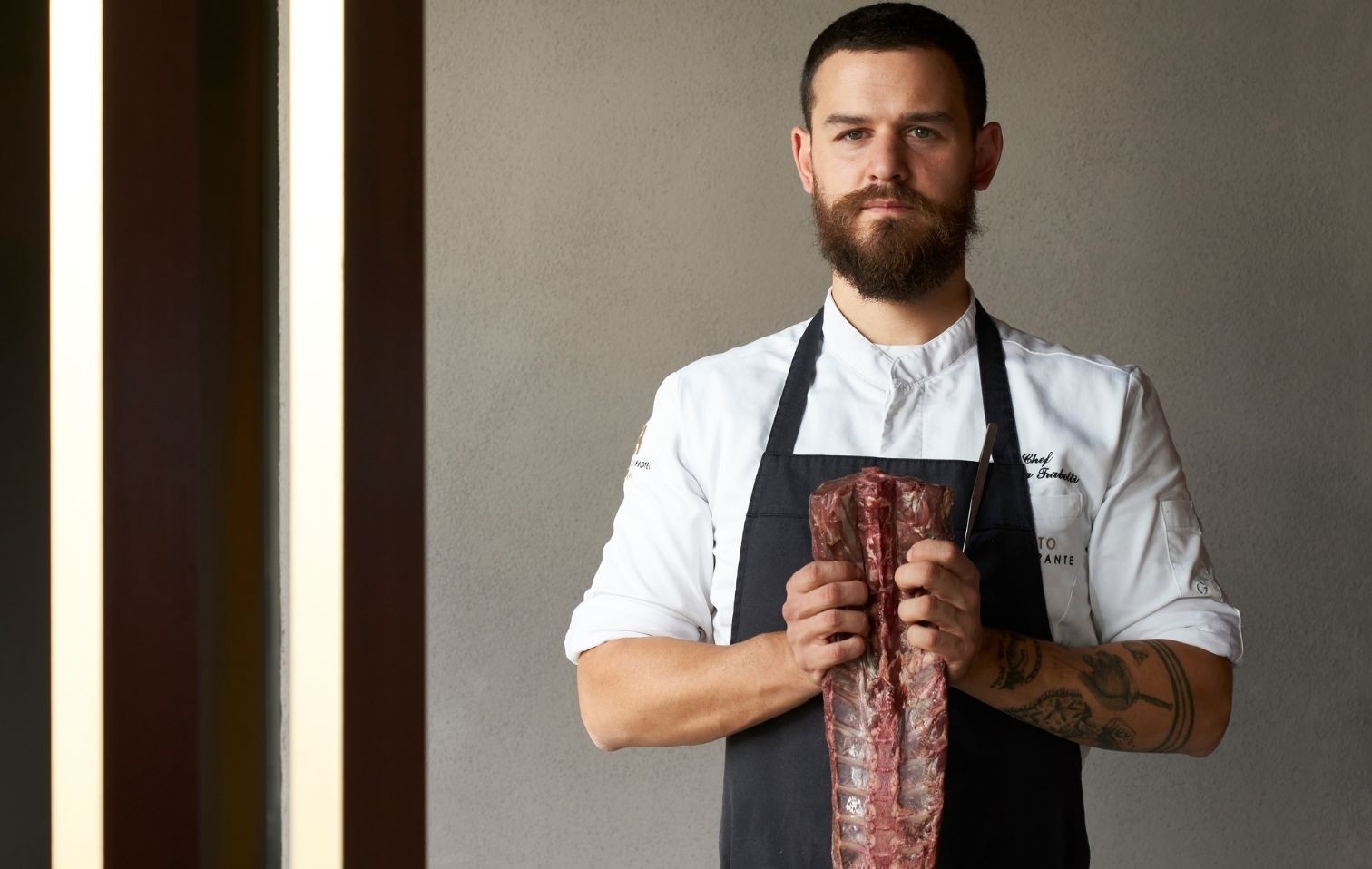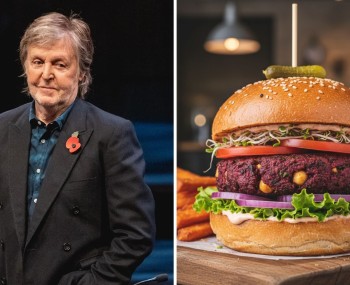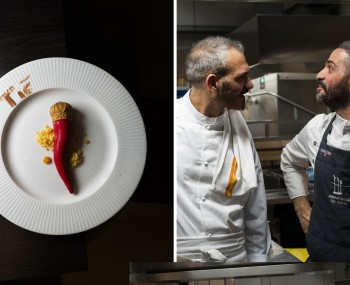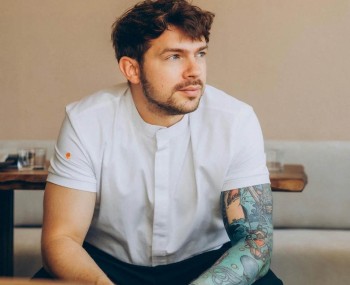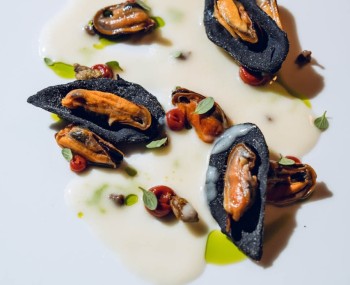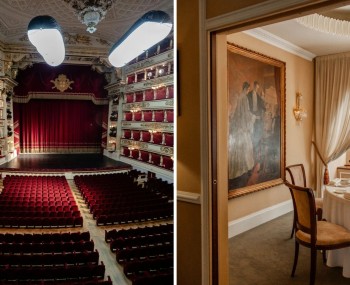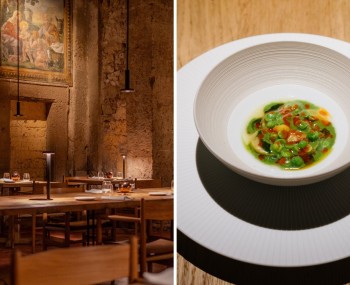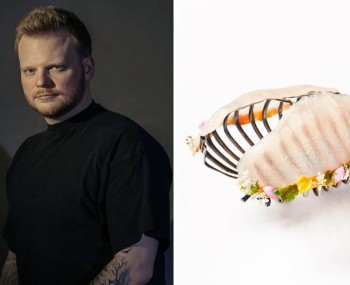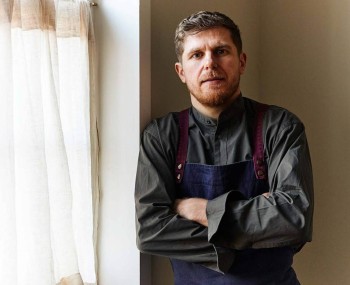In the land of "slow food and fast cars", young chef Mattia Trabetti on the fourth floor of the EXECUTIVE SPA HOTEL in Fiorano Modenese, Italy, serves creative, fresh and contemporary cuisine, which embarks on a safari around the local area, through the sights of international experiences.
*Content for promotional purposes
The restaurant: Alto
It's worth taking it, the elevator that from the reception of the EXECUTIVE SPA HOTEL in Fiorano Modenese, in the heart of automotive and ceramic district, takes you up to the fourth floor. To sip cocktails on the rooftop, from the skilful hands of bartender Dario Allegretti; but especially, to sit at the tables of Alto, a restaurant that unexpectedly offers fresh, creative and contemporary cuisine, with the kick of unconventionality for a hotel context, as well as a nicely clipped view, recreating, among the traffic of international business, a green oasis of peace.
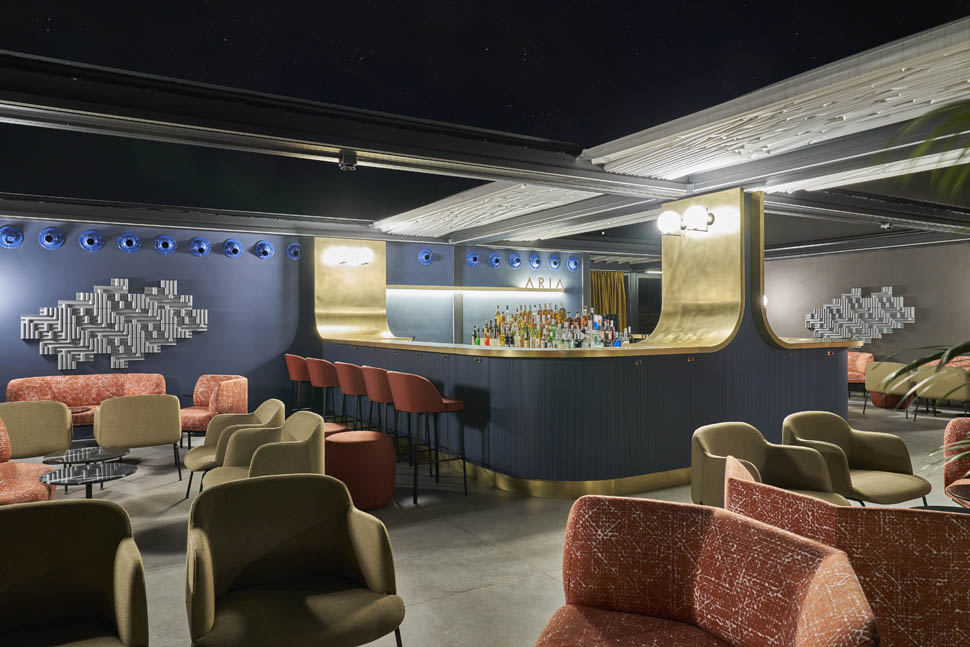
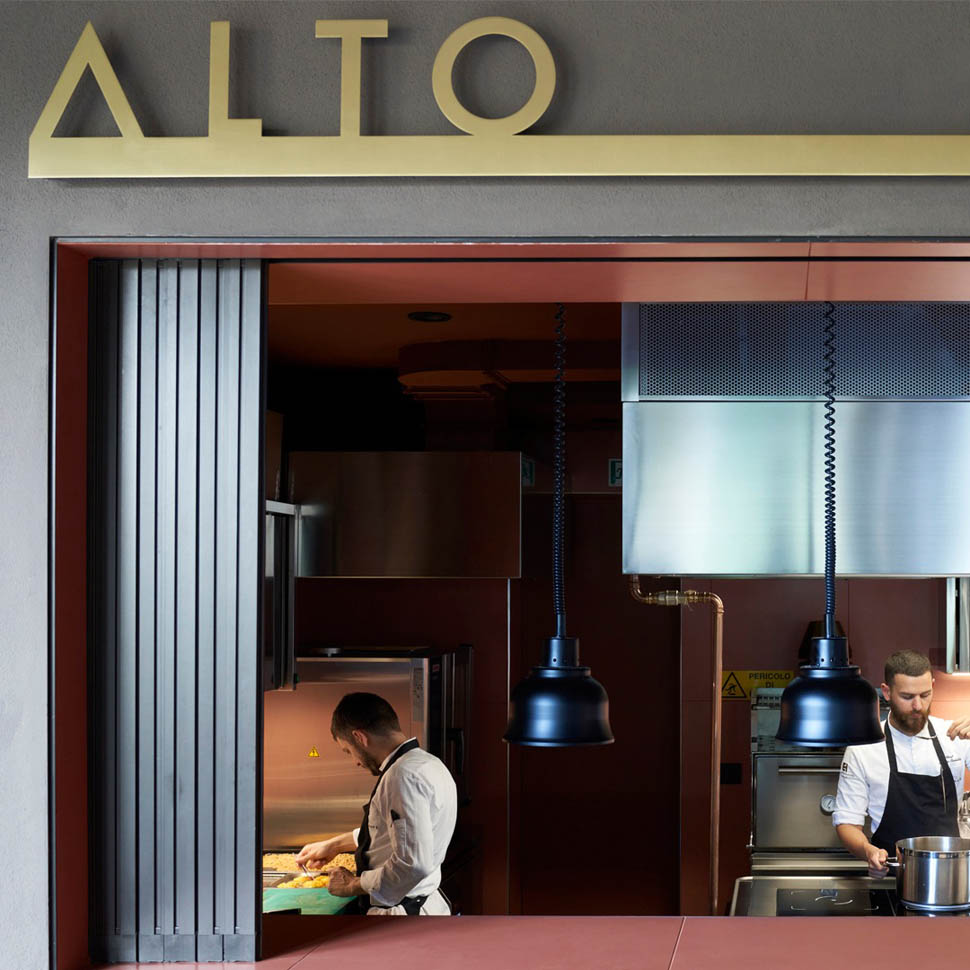

Leading it is young chef Mattia Trabetti, someone whose resume is certainly not lacking. Born in Negrar di Verona in 1989, after hotellier school in Chievo, he made his first seasonal jobs, and immediately resumed his studies at Alma School of Italian Cuisine, crowned by an internship at Antica Corona Reale in Cervere, where he stayed for a couple of years. Hungry of novelties, he then flew to Heinz Beck's Apsleys restaurant in London, and sent out resumes here and there, ending up in Stockholm at the country's first Michelin-starred restaurant F12, specializing in Swedish cuisine of French heritage.
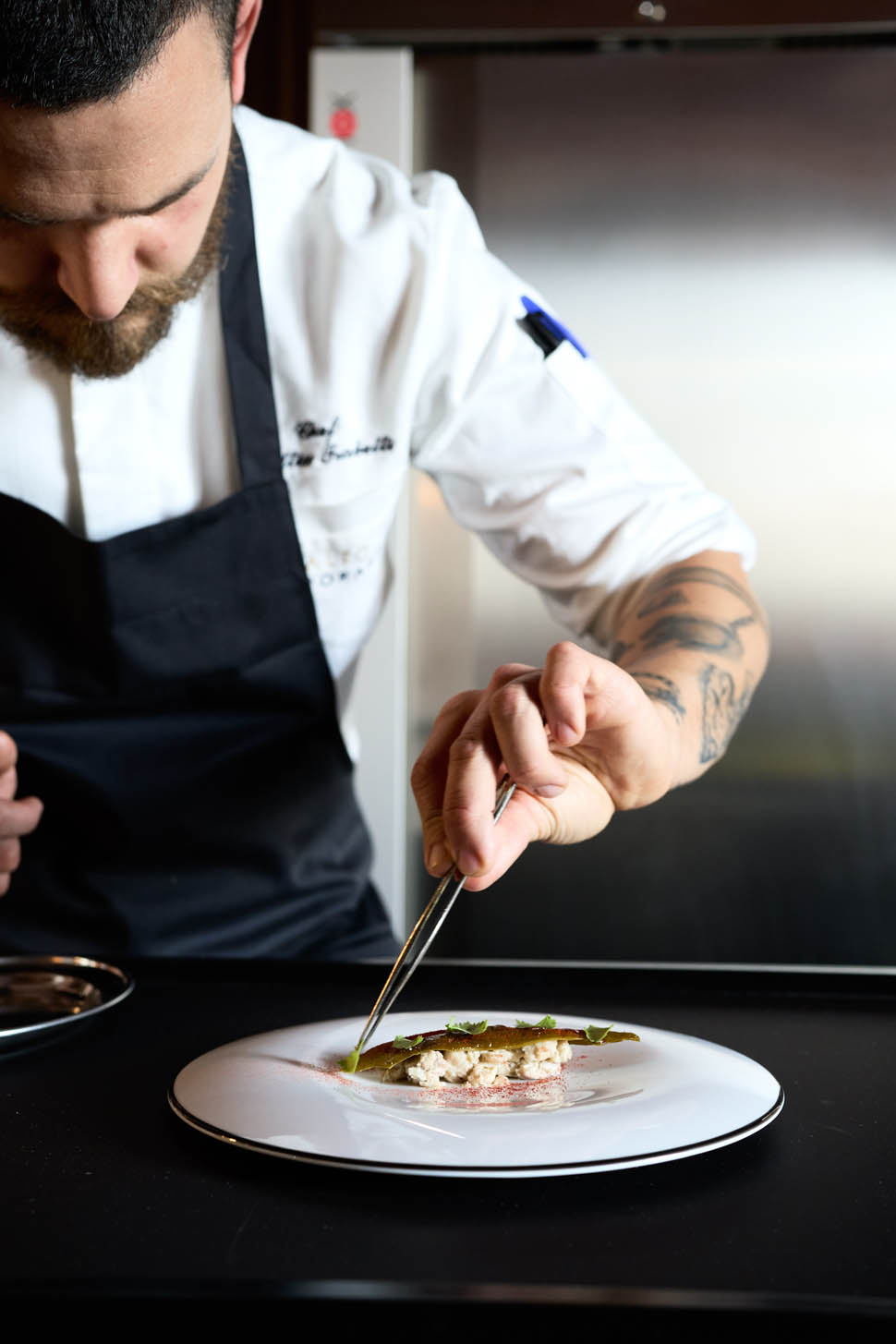
After a couple of years with Leonardo Marongiu, he then stopped in Antwerp at the restaurant Zilte, which combined Belgian products, French bases and Japanese influences. He then returned to Italy, moved by the desire for a place of his own, found first in Reggio Emilia, then, since 2021, in Fiorano Modenese. The international training set him up for entry into the hôtellerie, giving him the lens to tell a story about the area to a varied audience.
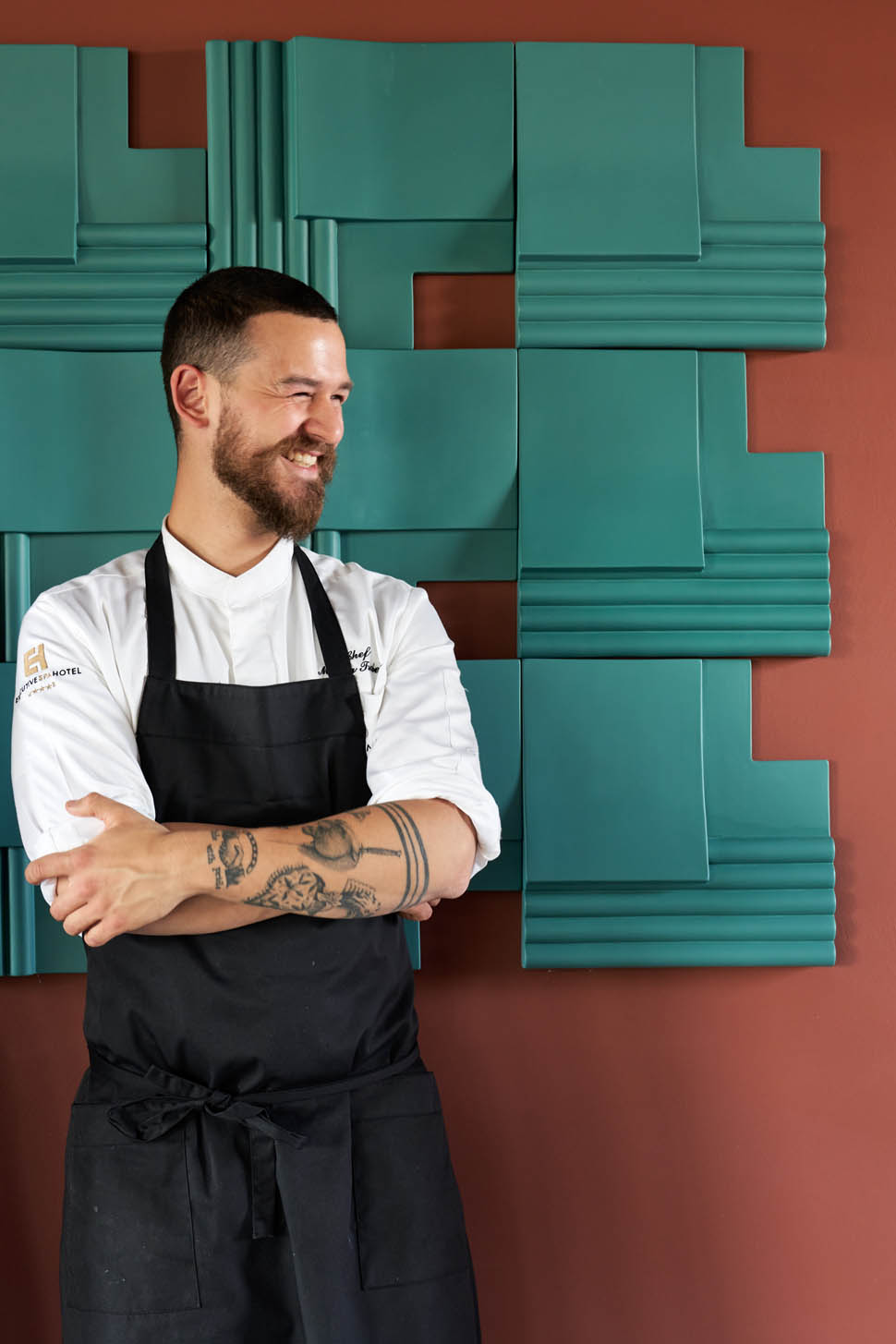
“Here in Emilia, the link to tradition is very strong, so I immediately set out to study, looking for suppliers, going to taste products, asking around,” he recalls. "At Alto, we favor small producers, who sometimes don't even deliver, and with whom you don't just pick up the phone or send an email. It's by visiting them and listening to them that we are able to tell the story of this area in a new way, and convey a different emotion. I'm thinking of the ducks at Vecchio Pollaio in Montalto di Montese, in the Apennines, or the cured meats at Ca' Lumaco in Zocca. We don't do traditional cuisine: we do cuisine of the territory. Instead of serving a ragu prepared with stateless meats, we prefer to have fun with some local goodies."
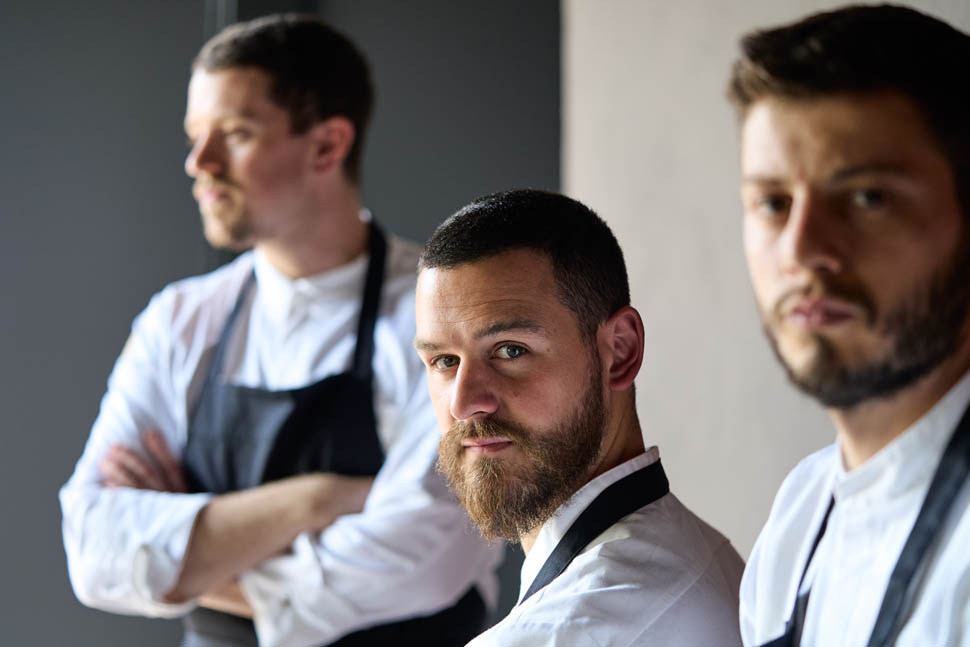
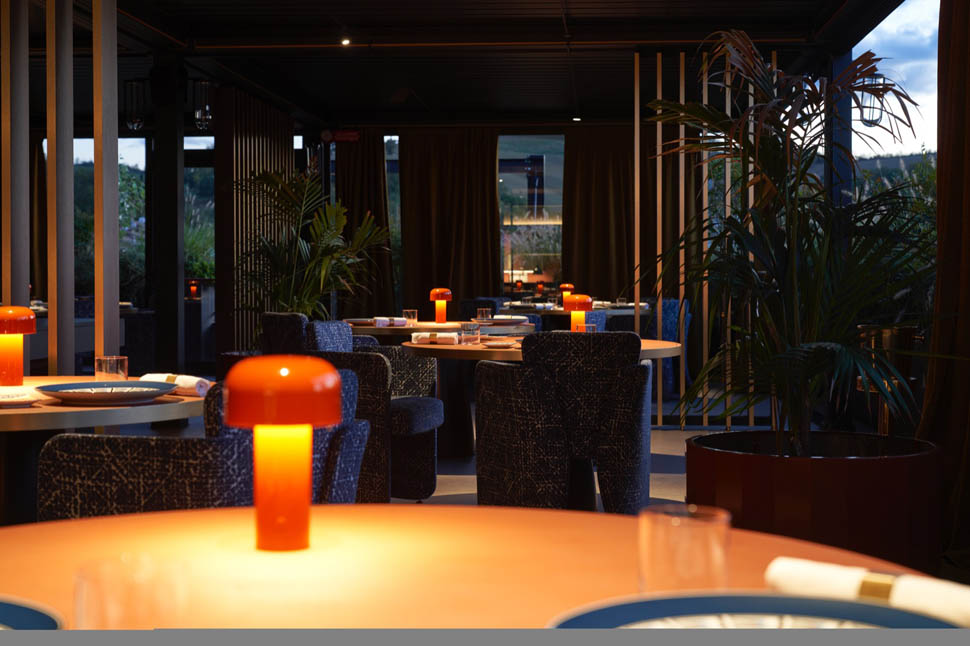
The results are two tasting menus: Modena Safari, inspired by the regional repertoire, and the vegetarian Emilia Vegetale, costing €70 for 5 courses or €90 for 8. Again, the vegetables are sourced locally, from small gardens or farms specializing in herbs, with the competition of some foraging by the kitchen team: mulberries, berries, mugwort leaves. Ingredients sometimes pickled or fermented, with an eye toward use beyond the expiration of the short seasonality.
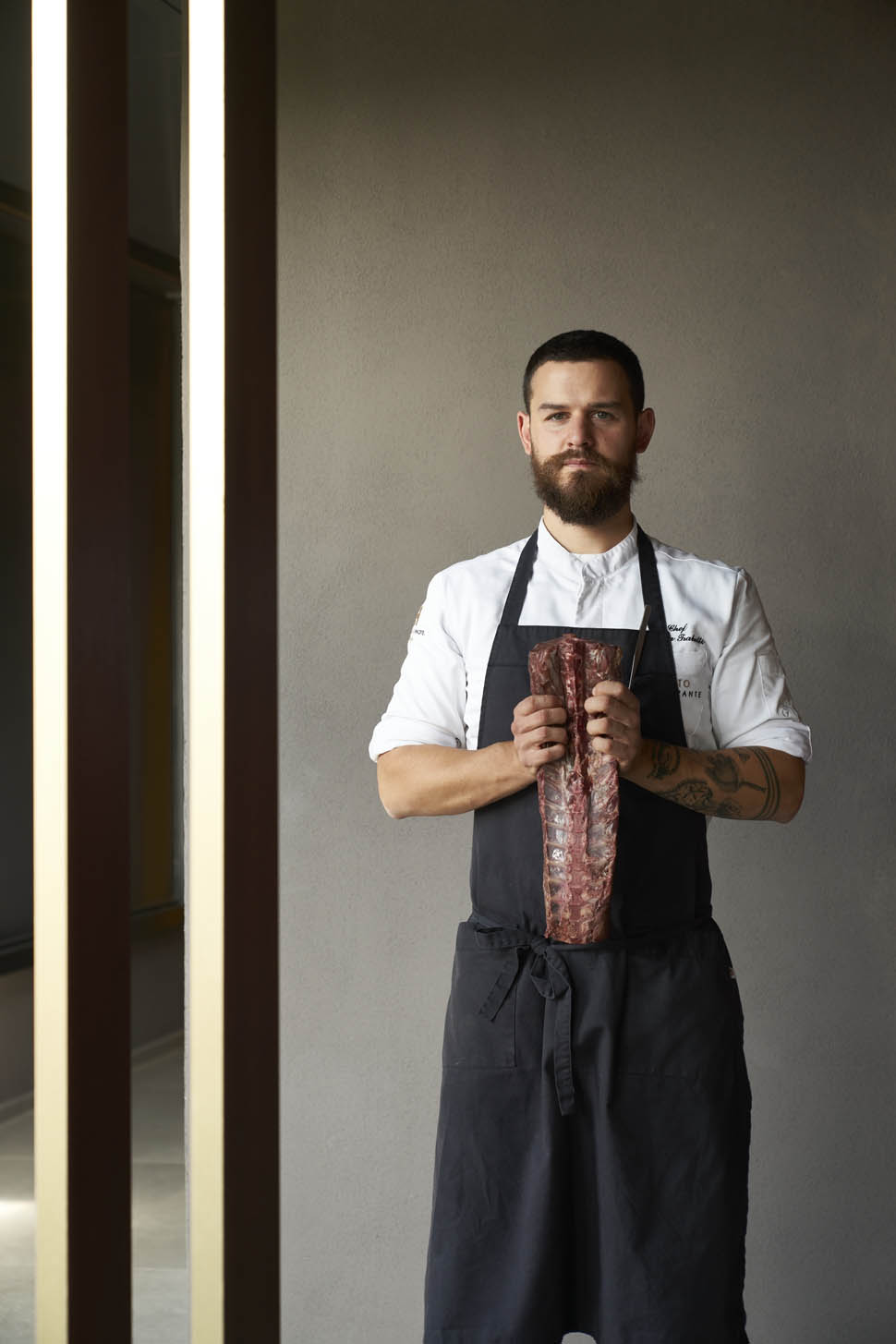
Paired with it, the wine list managed by head sommelier Andrea Messori, assisted on the fourth floor by Alexandra Vespignani, is significant: it lists more than 800 references, with a nice slice of artisanal, natural, biodynamic, and lots of France, from Burgundy to Bordeaux, passing through the different areas of Champagne.
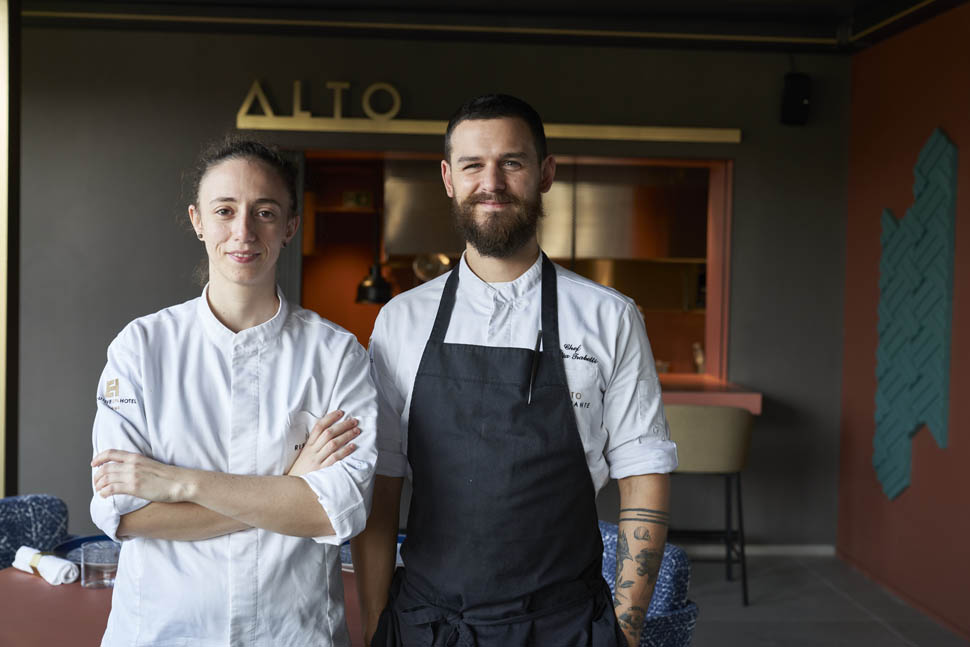
There is no shortage of Lambrusco, either, with its bubbly nouvelle vague. Above all, the offering of more than fifty wines by the glass tapped by Coravin stands out, including vintage Gravner and Soldera. In the basket is a loaf of bread from stone-milled Pichello di Marola flours and breadsticks with Parmigiano, fennel and dandelion honey, served with extra virgin olive oil from Brisighella.
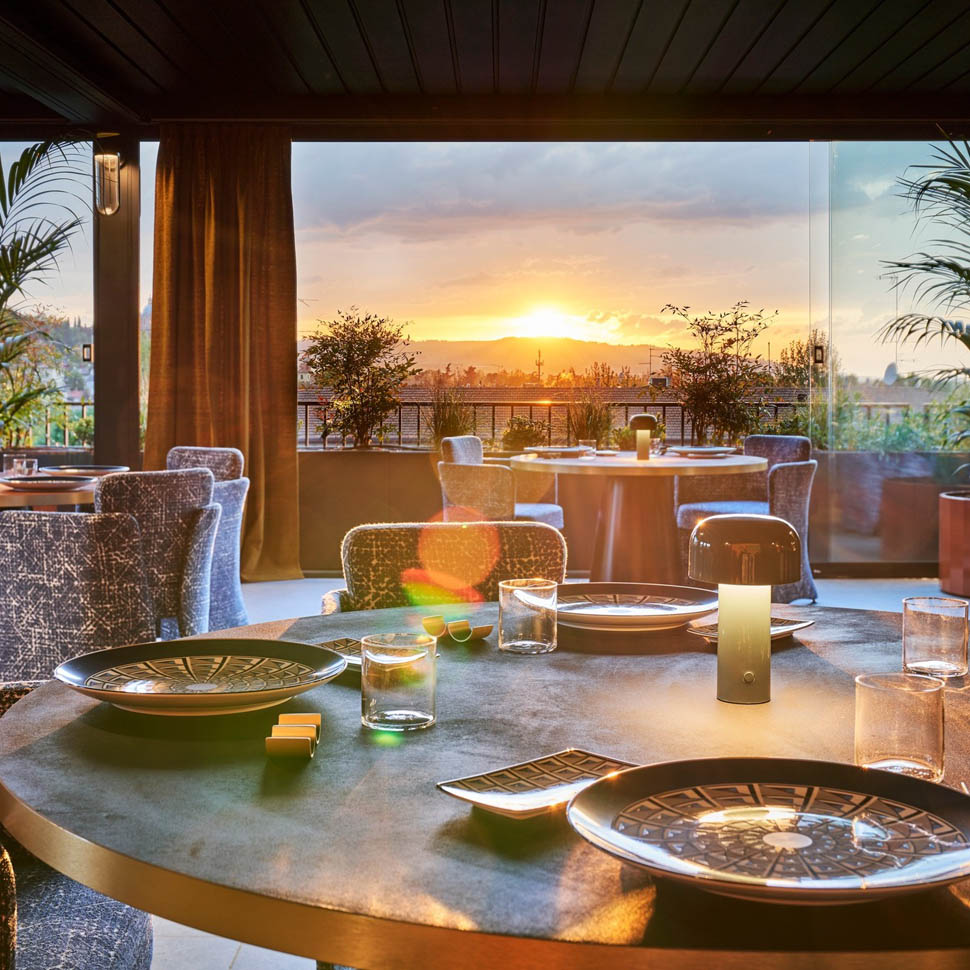
The dishes
The hunt for territory is an adventurous Safari illustrated by the map of producers, associated with a location, in a sort of "method of loci".

Start with appetizers from Street food from Emilia: the "Lambrusco flaky croissant", with prosciutto crudo di mora romagnala from Ca' Lumaco, a souvenir of bread soaked in tavern wine; the "crispy borlengo" with mountain cunza (lard and mountain herb pesto), Parmigiano Reggiano and sweet garlic cream; the "cannolo ai ciccioli" stuffed with ricotta cheese and spinach, like a tortellone; the "calzagatto", broken down into crispy cat-shaped polenta sheets, tomato cream and bean sauce.
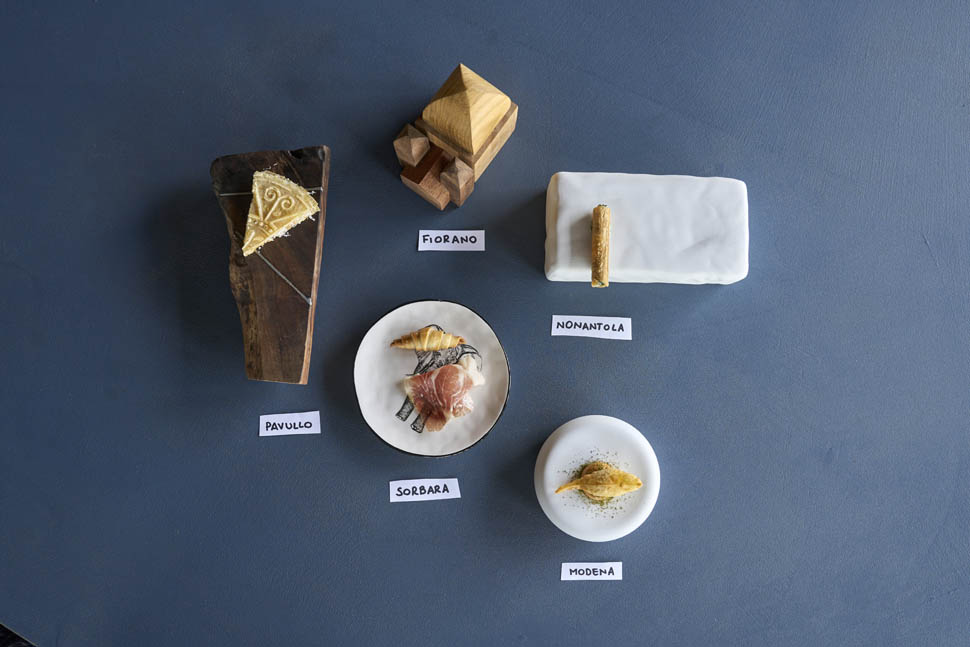
Then the welcome dish, with the letters of ALTO reproduced in creamy Parmigiano and Mortadella, and the O filled with not-yet-ready Balsamic, for more acidity, to be picked up with "scarpetta".
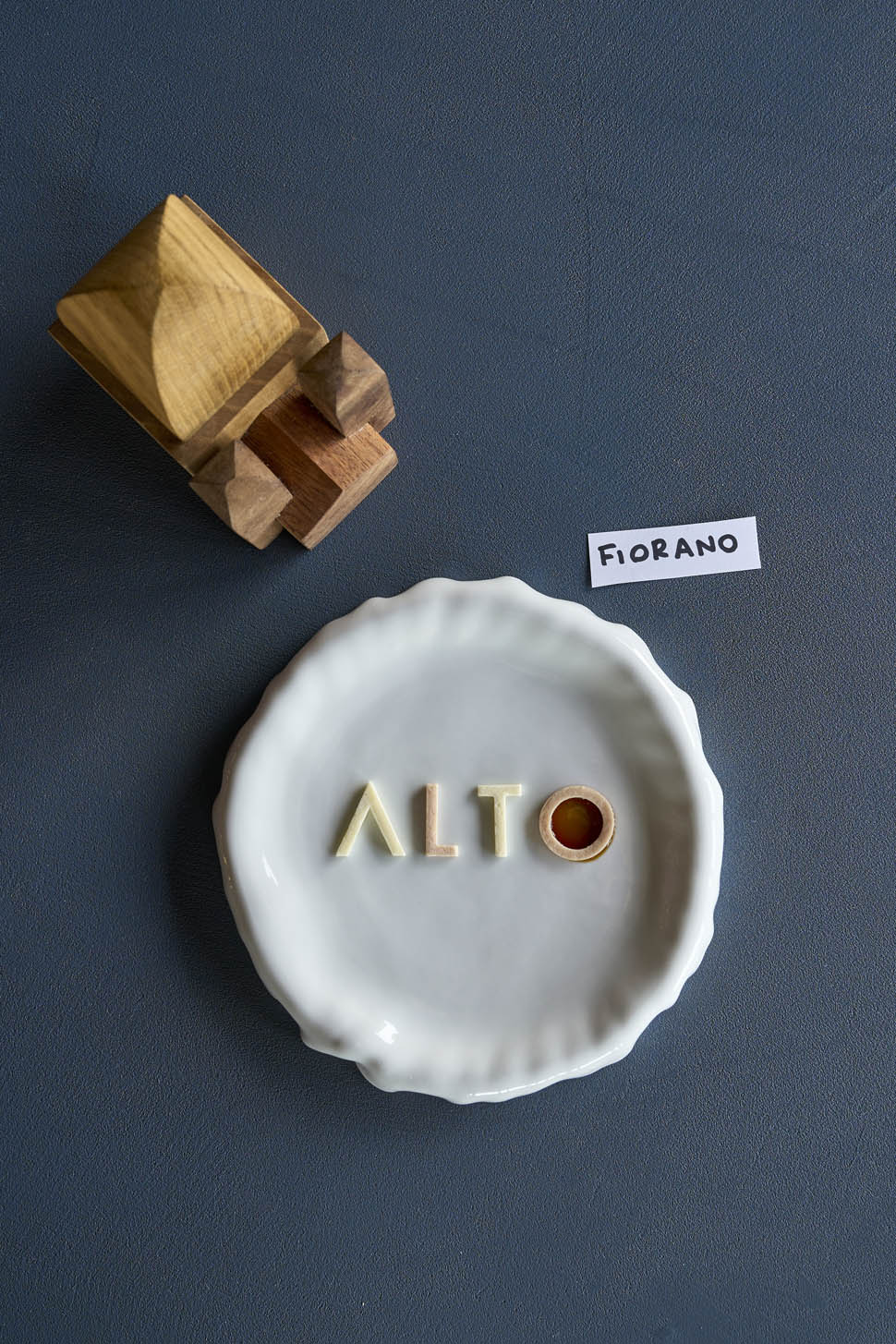
From Zocca comes "rabbit alla cacciatora", which revisits the recipe of Modenese grandmothers in an attempt to enhance the cuts through different preparations. So the back is marinated and served uncooked in a carpaccio, there's a boiling broth made from the carcasses for a quick shabu shabu, then a spicy sauce made from rabbit stock, where the flavors of memory are concentrated, featuring a mix of celery, carrot, onion, tomato and chili powder. While from the thighs, which undergo long cooking and are then pulled apart, a polenta croquette is made, served with reduced stock and sweet and sour vegetables.
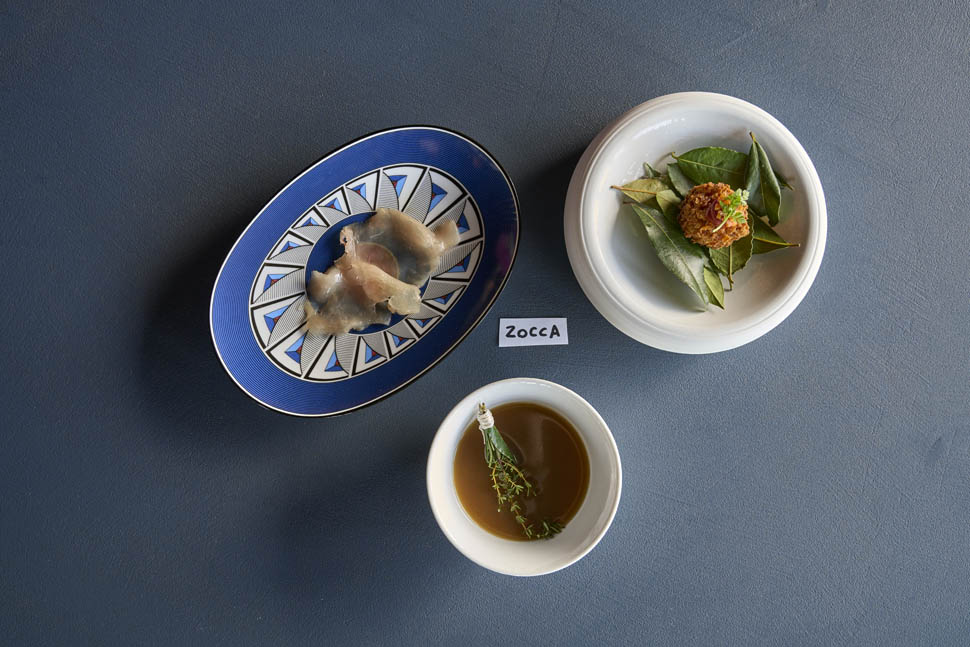
Instead, it is from Campogalliano, the "catfish", a forgotten ingredient whose fatty flesh, which may remind one of eel, is balanced by the bitterness of hops, grown in the same town by Fratelli Lucchi for Italian Hops Company, then preserved in brine. On a base of sprouts and dill-flavored fish compote, lays the filet, seasoned with mild vinegar, flavored with hops blossoms from IPA for the citrusy part, and spicy friggitelli oil, and cooked over an open flame.
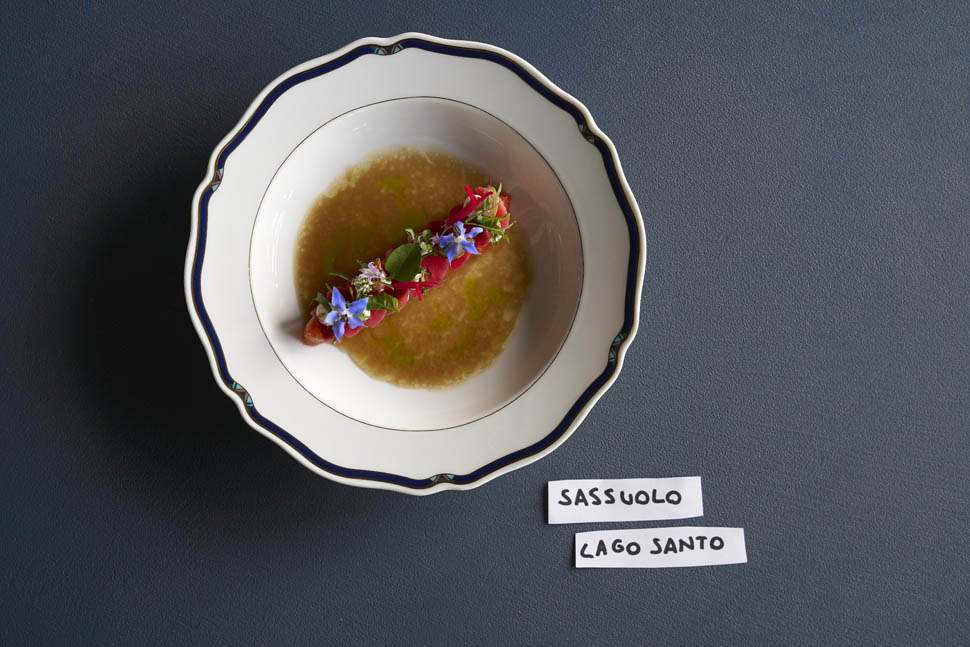
From the vegetable path come "tagliatelle kneaded with homemade black garlic" and topped with bitter chicory cream, grilled lemon powder for the fruity and acid note, marinated yolk for the fattiness and embryonic egg appeal, in a hard-fought match between primary tastes.
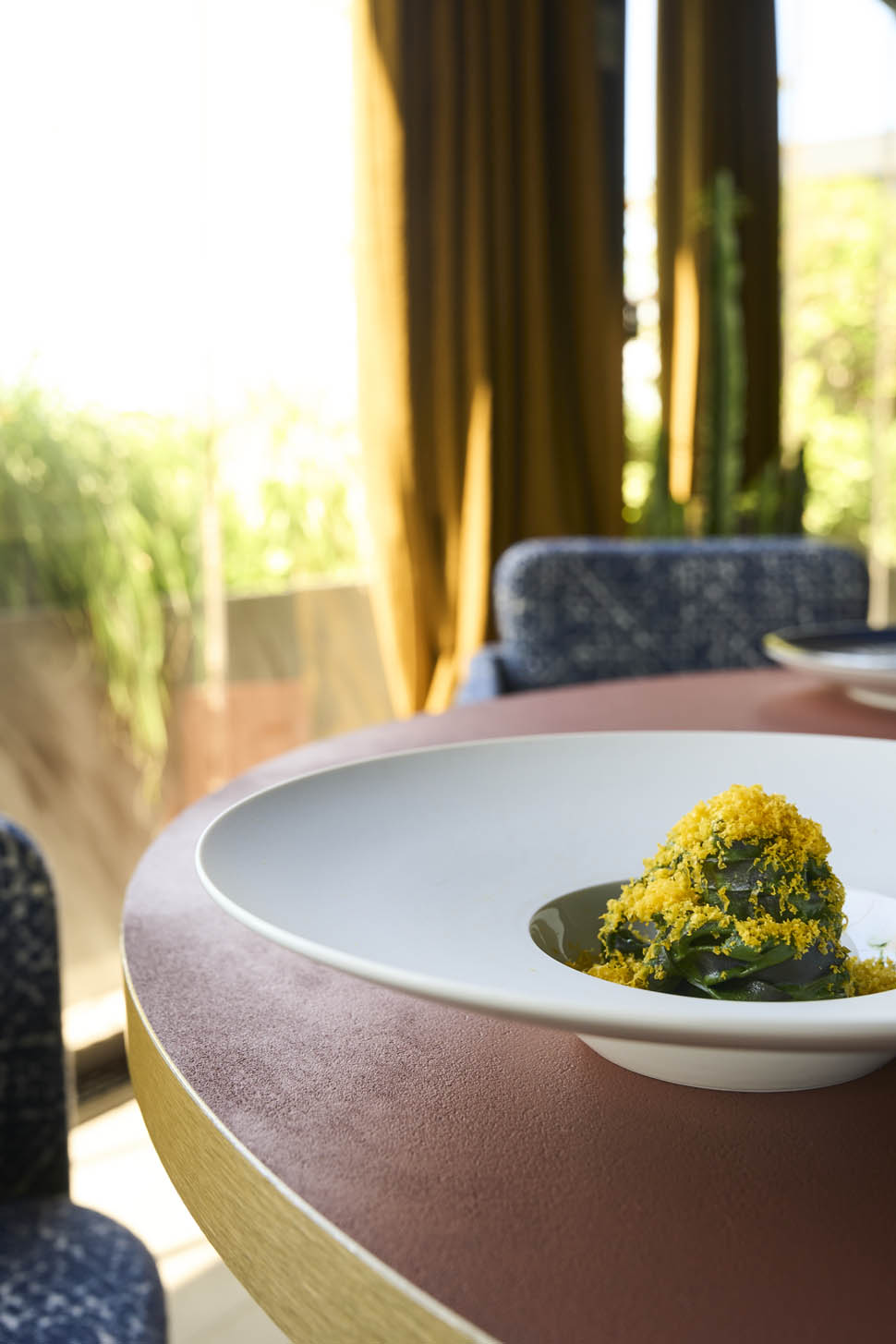
Or the "hillside risotto", which brings together products of proximity: at the base, cream of wild arugula harvested in early spring, spicy and bitter; then saffron risotto from Guiglia, whisked with butter, Parmigiano and peach acetic water from Acetaia San Giacomo; on top, licorice to enhance the spice and iced powder of cornella sheep cheese.
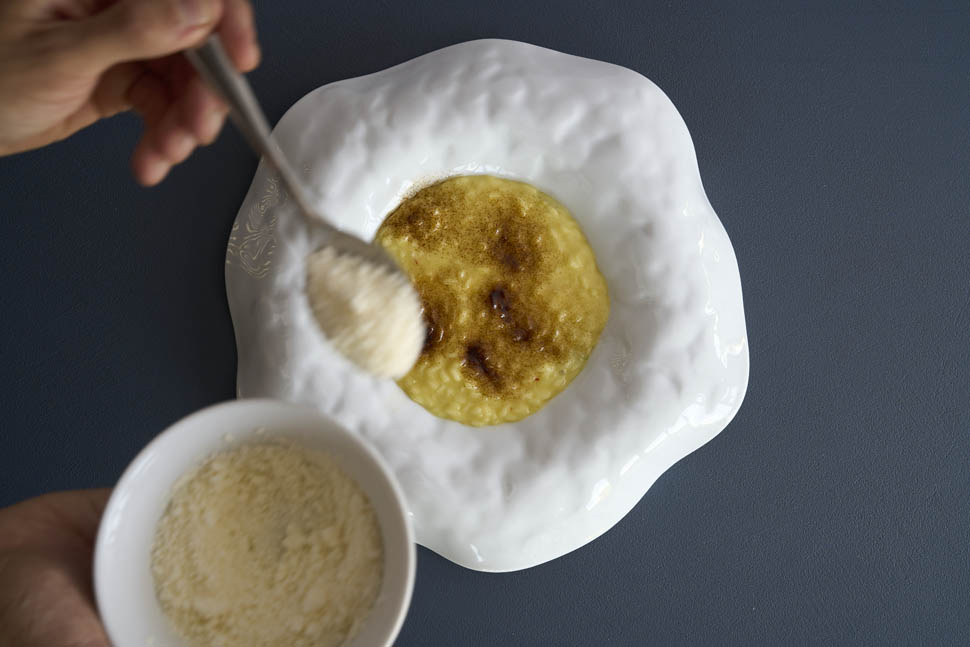
A homemade recipe is "stuffed zucchini", here totally vegetable thanks to a filling of seasonal mushrooms (morels or chanterelles and porcini) roasted and topped with fermented walnut, which brings hints of cheese and with mushroom recomposes the meaty taste. At the base a vegetable brown base, for the breadcrumbs toasted hemp seeds.
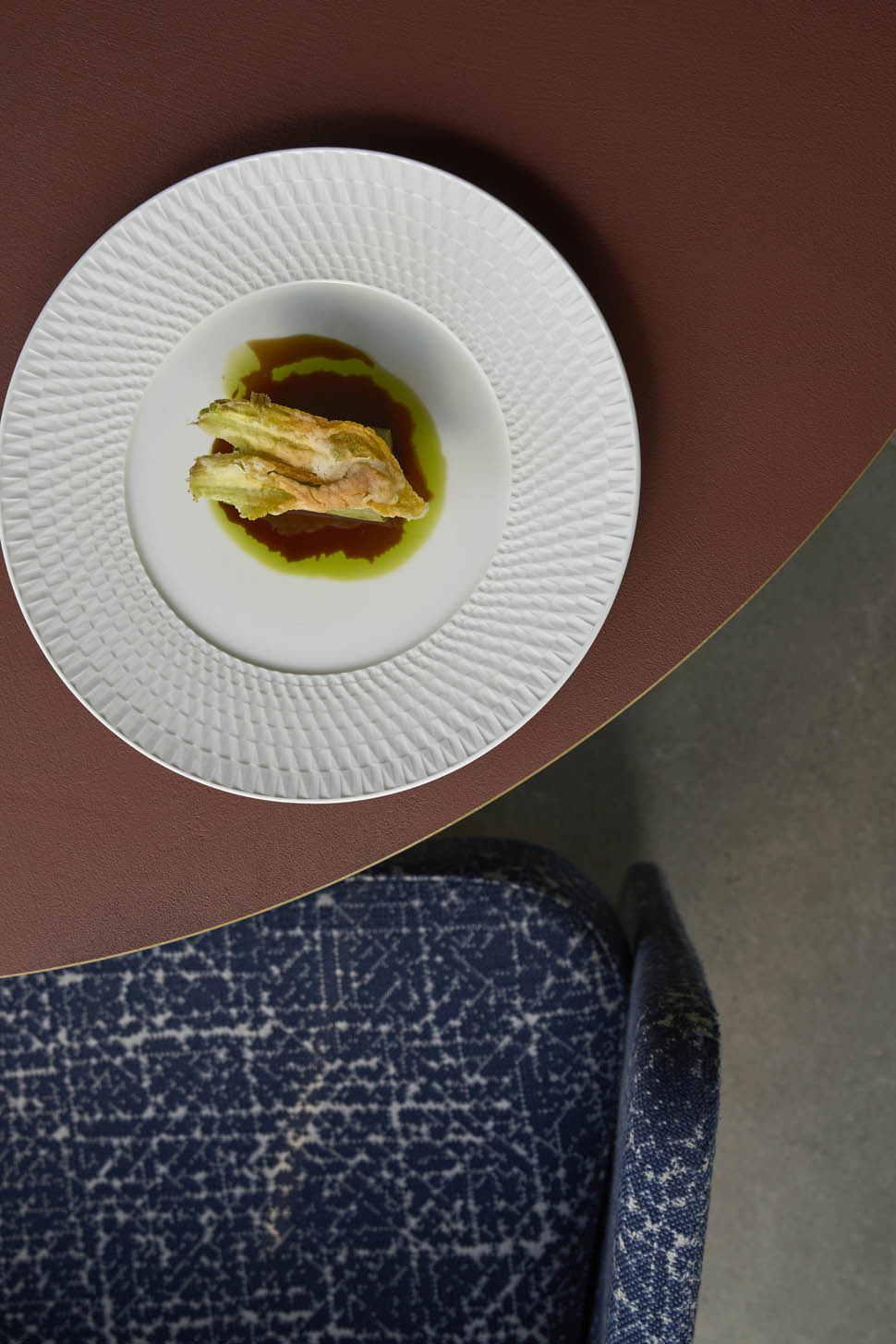
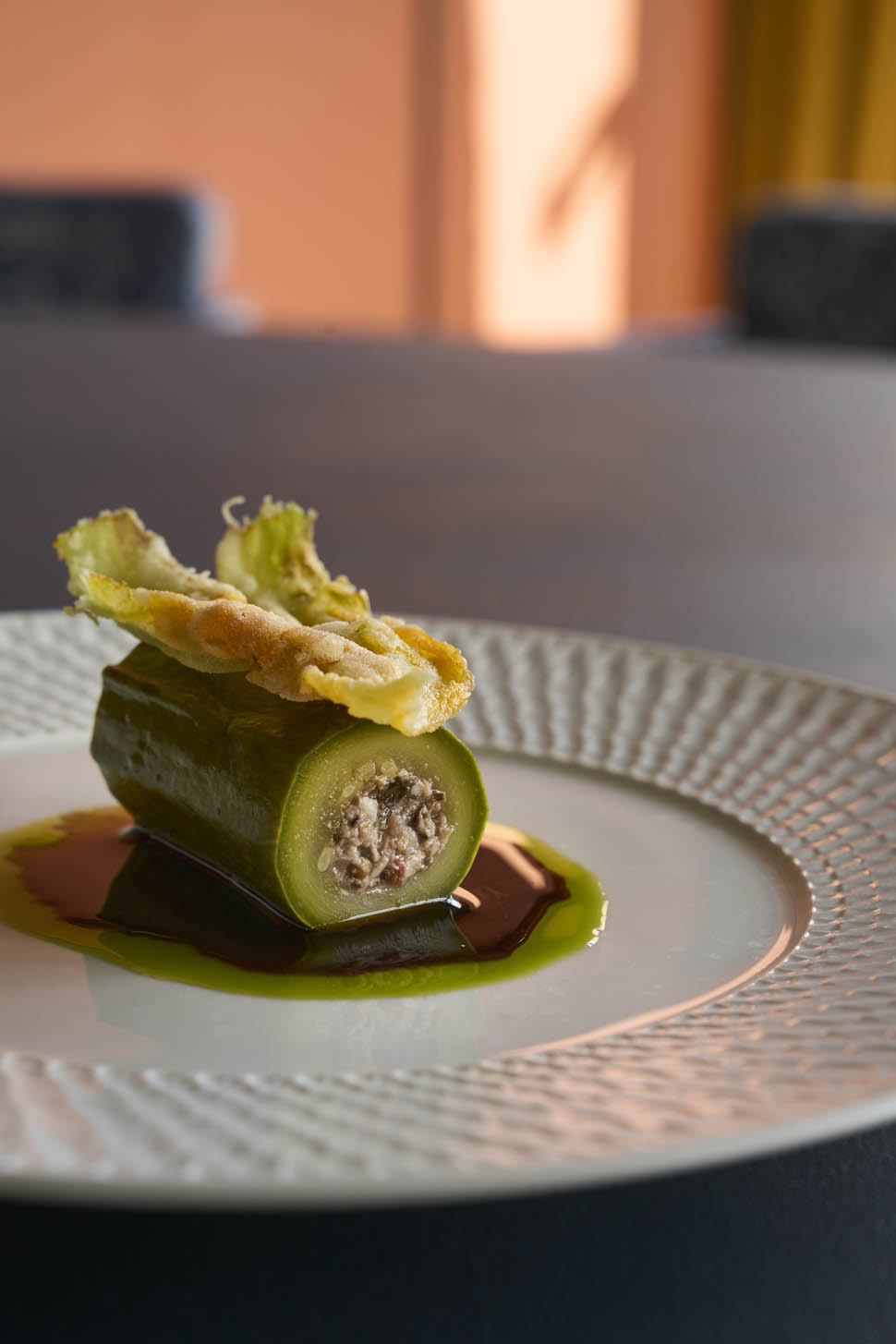
Of the "duck", flown in from Montese, all parts are used: the breast is matured and cooked on the carcass, the thighs and innards provide a pâté coated with asparagus gills, plus asparagus tips seasoned with various mustards, and the ever-present stock from the carcasses.
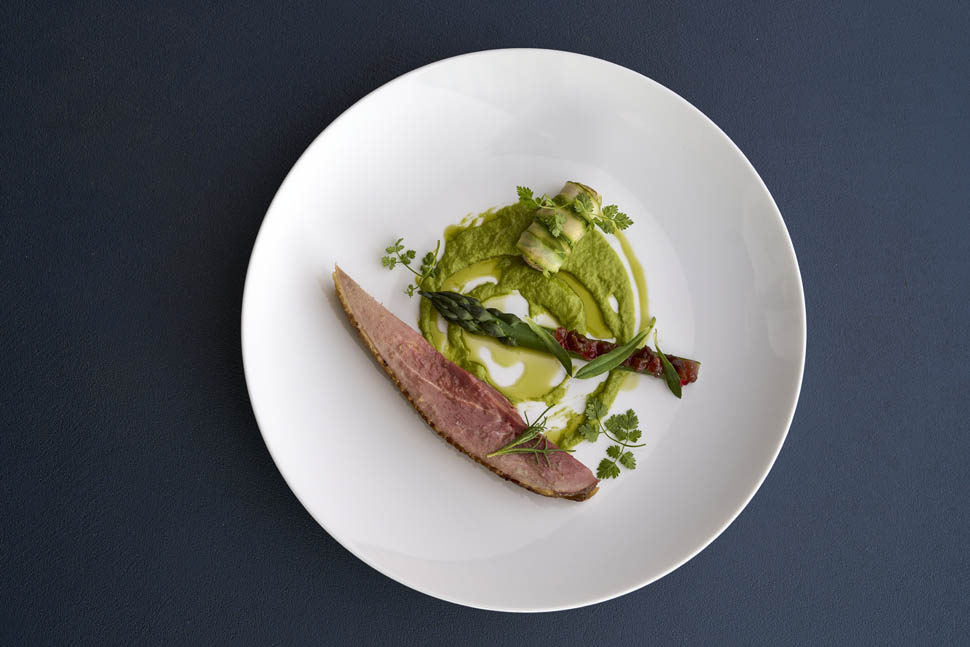
The predessert is a cocoa butter splatter skull, filled with Tonka bean red fruit puree, ironically called "Caronte", because it ferries from salty to sweet. And here is "Marble gress", a tribute to Fiorano ceramics: a chocolate disk with the distinctive design, also found in the hotel lobby, above elements that recall traditional Emilian recipes, a disk of rice cooked in milk, savor, a compote of wild plums, saba and cocoa, and zabaglione with Sassolino, a Sassuolo liqueur with star anise.
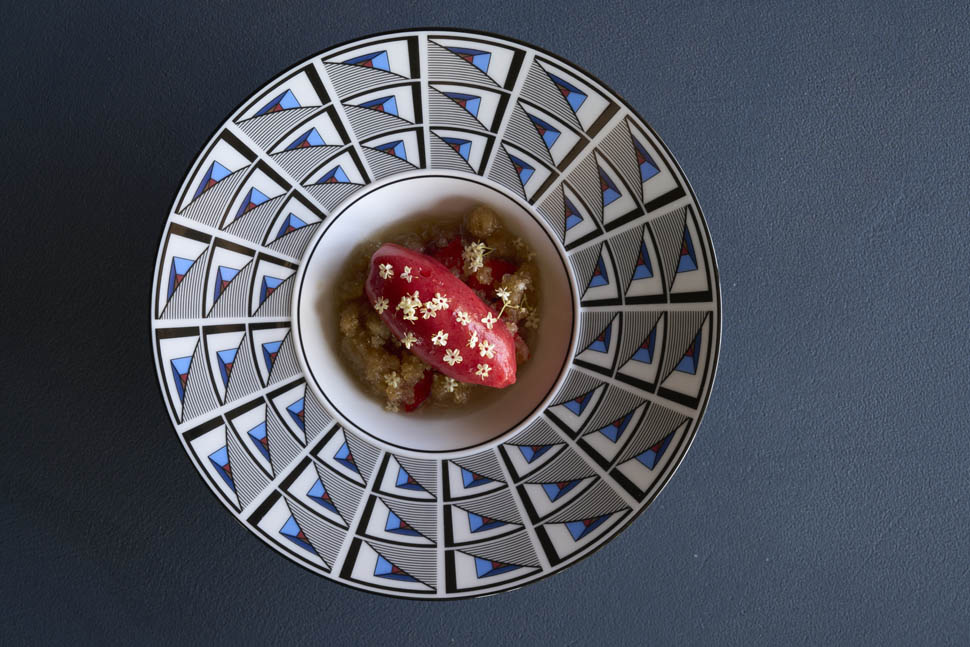
Contacts
EXECUTIVE SPA HOTEL- Alto
Via Circondariale San Francesco, 2 41042 Fiorano Modenese (MO) – Italy
Phone: +39 0536 832010
Email: info@executivespahotel.com
